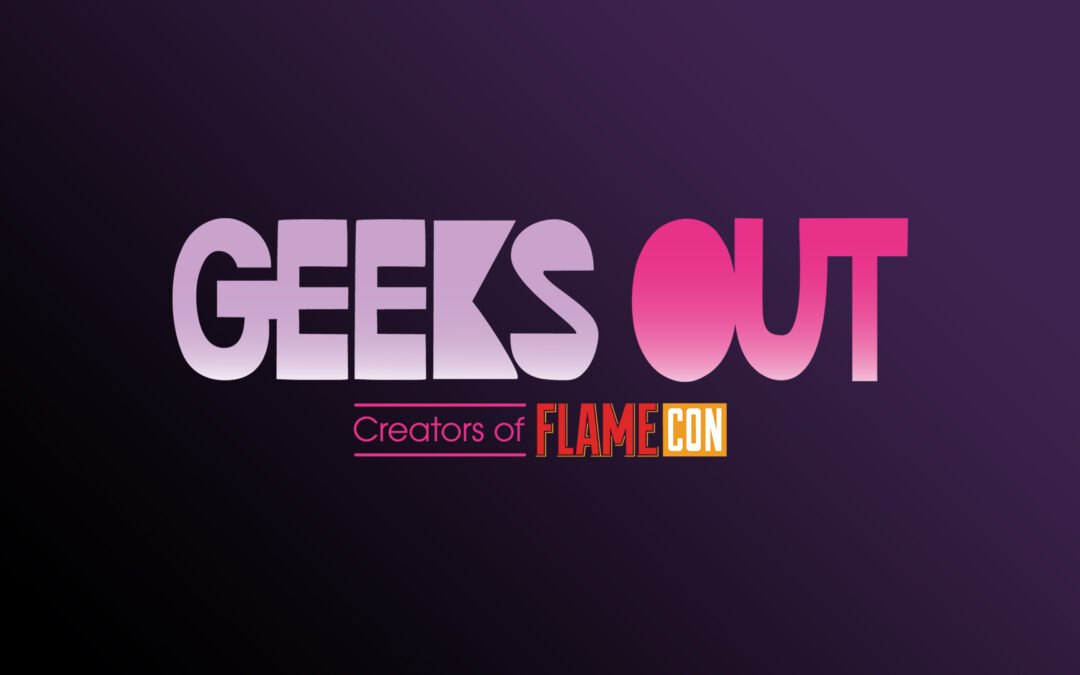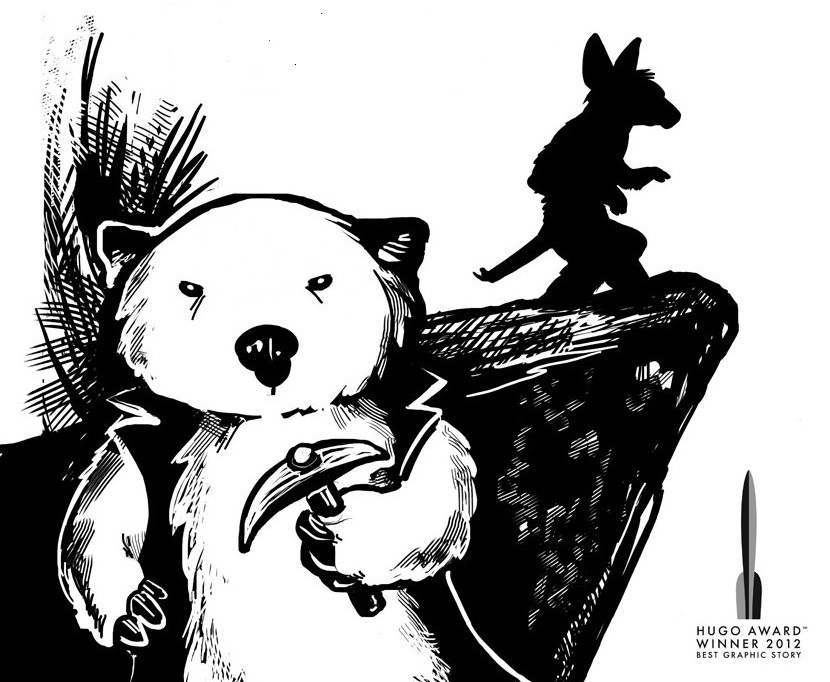
by Geeks OUT | Aug 22, 2016 | Blog
“On Saturday, August 20, I attended the fascinating Flame Con panel “Talking 7 Miles a Second” featuring Marguerite Van Cook and James Romberger and moderated by Maggie Galvan. Calvin Reed, senior news editor at Publisher’s Weekly and a personal friend of...

by Daniel Stalter | Aug 5, 2016 | Blog
If you had asked me what my favorite genres were eight years ago, chances are I would not have put Epic Anthropomorphic Fantasy at the top of the list. It wasn’t until my sister (somewhat relentlessly) insisted that I read the first volume of Ursula...




